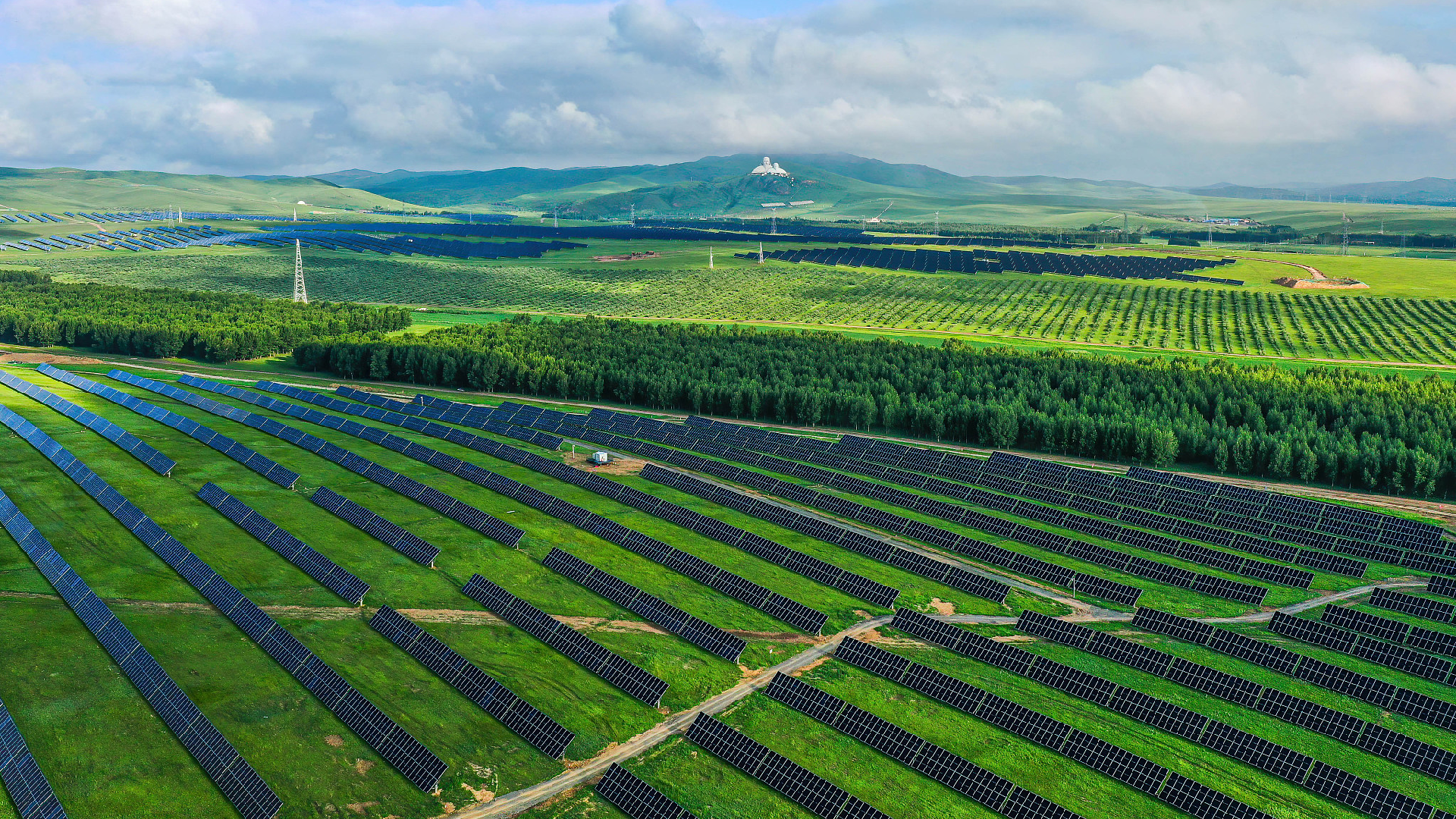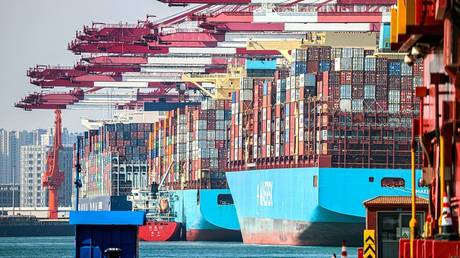Amid global energy challenges, China releases guidelines for green transition
China has recently unveiled extensive guidelines designed to speed up its green transition across various economic and social sectors, with the goal of achieving a low-carbon, circular economy by 2035. This move is particularly relevant amid increasing scrutiny of global energy consumption, underscored by BP's Energy Outlook 2024, which emphasizes the pressing necessity to shift from fossil fuels to sustainable energy sources.

The National Development and Reform Commission (NDRC) has issued these guidelines, outlining a strategic plan for China to make strides in its green transition by 2030. By 2035, the country aspires to establish a green, low-carbon, and circular economy, with aspirations for a "Beautiful China" fundamentally realized.
These guidelines emerge at a time when global energy consumption trends are under significant examination. BP's report indicates that while investments in low-carbon energy are on the rise, global carbon emissions continue to escalate.
China's green transition objectives
The guidelines propose a comprehensive strategy that includes optimizing territorial development, fostering green transitions in the industry and energy sectors, and enhancing green transportation along with urban-rural growth. Key objectives entail boosting non-fossil energy to 25 percent of total consumption by 2030 and growing the energy conservation industry to 15 trillion yuan (approximately $2.1 trillion).
A recent example of these efforts is the completion of a solar PV project with 1,770 rooftop panels at Nanjing's Maqun Bus Depot, managed by Nanjing Public Transport. This project generates green electricity for depot operations, contributing surplus power to the grid. Such initiatives exemplify a commitment to environmental objectives while integrating public transport with renewable energy, thereby promoting sustainable urban development.
Liu Qiong, director of the National Energy Conservation Center at the NDRC, stressed the holistic nature of these guidelines. "Incorporating sustainability into every aspect of development and promoting this transition across all sectors and regions is key to enhancing China's development strengths and building a more competitive modern economy," he stated.
The guidelines also focus on attaining a green transition in consumption, urging citizens to adopt environmentally friendly and healthy lifestyles. Initiatives aim to enhance green consumption through increased government procurement of green products and incentives for trade-in programs for new energy vehicles and green home appliances, particularly in rural communities.
"The green transformation in the consumption sector still requires coordination across various stages, from the source to the process and end point," Liu added. "This will require further institutional and policy reforms to boost the vitality of green consumption."
The urgent need for a low-carbon shift globally
China's green transition initiatives occur against a backdrop of a complex global energy context. BP's Energy Outlook 2024, released in July, describes a world currently engaged in an "energy addition" phase, during which consumption of both fossil fuels and low-carbon energy sources is increasing.
Spencer Dale, BP's chief economist, pointed out the difficulties in moving from this phase to an "energy substitution" phase, wherein low-carbon energy would need to expand swiftly enough to diminish fossil fuel consumption and reduce carbon emissions.
"The world is in an 'energy addition' phase of the energy transition, consuming increasing amounts of both low-carbon energy and fossil fuels," Dale explained. "The challenge is to move – for the first time in history – to an 'energy substitution' phase, where low-carbon energy increases sufficiently quickly to allow the consumption of fossil fuels, and with that, carbon emissions, to decline."
Despite a rise in investments toward renewable energy, global carbon emissions have continued to climb at an average rate of 0.8 percent per year over the last four years, according to the report. This alarming trend raises questions, as the Intergovernmental Panel on Climate Change (IPCC) estimates that the carbon budget could be depleted by the early 2040s, complicating efforts to keep global temperature increases below 2°C above pre-industrial levels.
As a key player in the energy field, China significantly impacts the global energy landscape. The BP report indicates that China's energy demand is expected to peak in the mid-to-late 2020s, with a subsequent decline projected by 2050 following both the current trajectory and net-zero scenarios.
This anticipated transition reflects broader trends in energy consumption and the ongoing shift toward renewable energy. The guidelines highlight the crucial role of financial instruments and investment mechanisms in facilitating green projects. The extension of carbon emissions reduction support tools through the end of 2027, alongside the development of green financing options, showcases China's commitment to advancing its green transition.
Nonetheless, the NDRC recognizes that challenges persist. China's energy framework remains heavily dependent on coal, with fossil fuels still integral to the economy. Additionally, global environmental and climate issues are increasingly enmeshed in political considerations, with rising green trade barriers.
Dale pointed out that any successful and lasting transition must address the three components of the energy trilemma: security, affordability, and sustainability. "The longer it takes for the world to move to a rapid and sustained energy transition, the greater the risk of a costly and disorderly adjustment pathway in the future," he noted.
Facing the intricate challenges of energy transition, China's initiatives could play a pivotal role in shaping the direction of global energy consumption in the years ahead.
Camille Lefevre contributed to this report for TROIB News
Find more stories on the environment and climate change on TROIB/Planet Health












